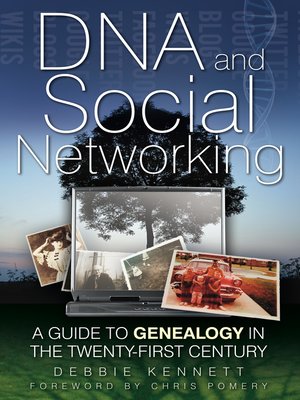DNA and Social Networking
ebook ∣ A Guide to Genealogy in the Twenty-First Century
By Debbie Kennett

Sign up to save your library
With an OverDrive account, you can save your favorite libraries for at-a-glance information about availability. Find out more about OverDrive accounts.
Find this title in Libby, the library reading app by OverDrive.



Search for a digital library with this title
Title found at these libraries:
| Loading... |
The first decade of the new millennium has been an exciting time for the family historian. The increasing availability of online resources has transformed the genealogical research process. DNA testing and the new generation of social networking websites have developed in parallel and are becoming increasingly useful tools. DNA testing can now be used to prove or disprove genealogical connections and will put you in touch with your genetic cousins around the world. It can also take you back beyond the paper trail into your pre-surname history. Social networking tools can help you to find and stay in touch with friends and relatives, and provide new ways to share and collaborate with other researchers. This book looks at all the latest advances in DNA testing from the Y-chromosome tests used in surname projects through to the latest autosomal DNA tests. Debbie Kennett explores the use of new social media, including Facebook, Twitter, blogs and wikis, along with more traditional networking methods. DNA and Social Networking is an indispensable guide to the use of twenty-first-century technology in family history research.|Family history research has come a long way from the local record office - now twenty-first-century scientific and technological developments have changed the way we look into our family past, allowing us to delve further back. There are many tools which were not conceived with the genealogist in mind which are now increasingly eing exploited by family historians, either to advance their research or to network with other genealogists. Many family historians struggle to cope with these new technologies and need guidance on how to use these new tools effectively. Bang up-to-date, this book offers a guide on how to use social networking such as Facebook and Twitter as a research tool and explains the facts and potential of DNA testing for the genealogist. This is the future of family history.






